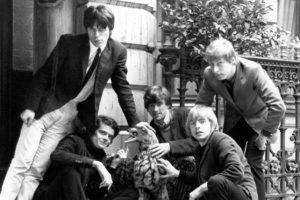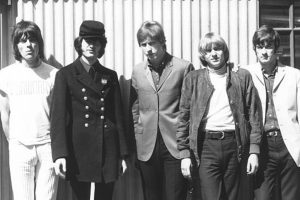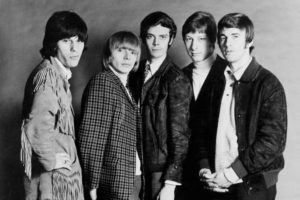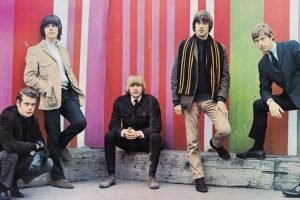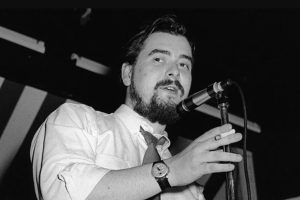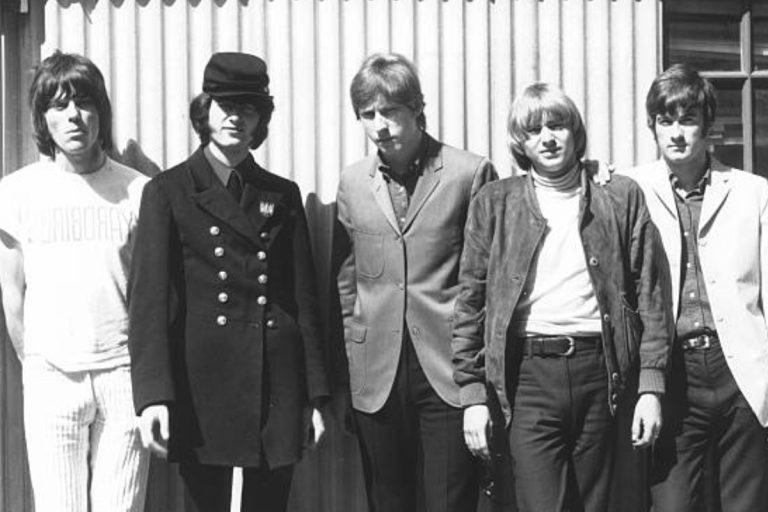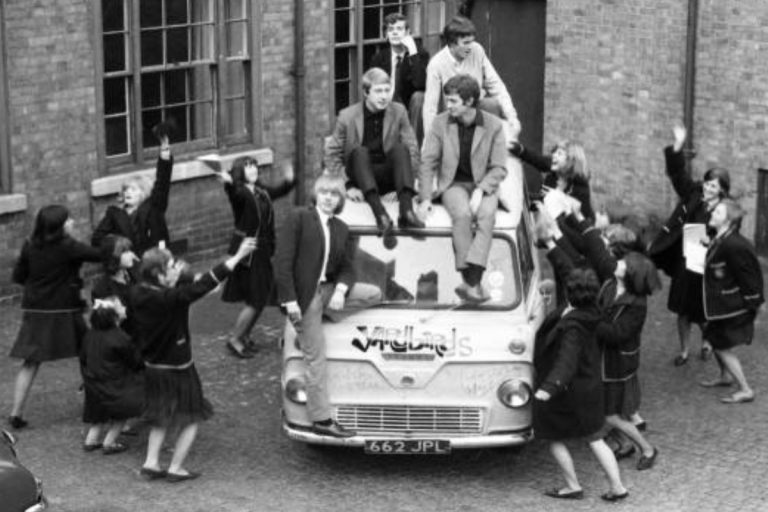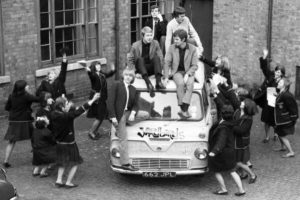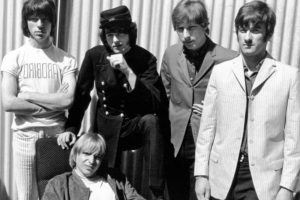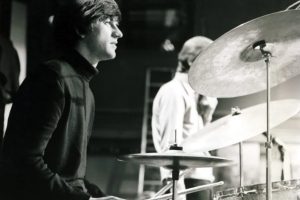
The Yardbirds’ songwriting process is a vital chapter in the history of rock music. They didn’t just play great songs—their approach to writing became the foundation for many sounds that followed. From blues to psychedelic rock, and from improvisation to structured recording, there’s a unique story behind each sound they created.
For rock music fans—especially those who deeply admire Eric Clapton, Jeff Beck, and Jimmy Page—understanding how The Yardbirds crafted their songs is like tracing back the roots of modern rock. In this article, we’ll explore the different phases of their songwriting, the role of each member, and how they influenced an entire generation of music.
Before You Continue: Here’s a Quick Summary
In this article, we’ll examine how The Yardbirds’ songs came together—from early blues influences to the technical experimentation of their later years. We’ll also discuss each member’s contribution, the role of their producers, and how the band transitioned from jam-based live shows to more complex studio arrangements. You’ll see that the Yardbirds’ songwriting process wasn’t just a step-by-step formula. It was the result of teamwork, deep musical knowledge, and an embrace of evolving times and technology.
The Influence of Blues and Early Inspirations
Before they were known as rock innovators, The Yardbirds emerged from a deep love for blues. In their early years, they mostly performed covers of American blues legends like Howlin’ Wolf and Muddy Waters. The Yardbirds’ songwriting process at this point was simple—often just jam sessions that turned into songs during live performances.
Songs like “Smokestack Lightning” and “Good Morning Little Schoolgirl” highlight the band’s direct connection to blues roots. But they didn’t just copy—they gave these songs their own twist, with faster tempos and more aggressive tones. Even then, they were already developing their own way of writing music.
A Collective Process: Not Just One Songwriter
One of the things that made the Yardbirds’ songwriting process unique was its collaborative nature. It wasn’t the work of just one person. Vocalist Keith Relf often wrote the lyrics—deep, sometimes introspective, and rich in imagery. But the tone and structure of the songs were created as a group.
Bassist Paul Samwell-Smith and drummer Jim McCarty played important roles in rhythm and arrangement. When a new idea came up, it was often tried out during rehearsals or live performances. If it resonated with the audience, they would improve it into a full song. This kind of feedback loop was rare in other bands—but for The Yardbirds, it was standard.
The Eric Clapton Era: Traditional Blues Focus
When Eric Clapton was lead guitarist, the band stuck closely to traditional blues. At this point, the Yardbirds’ songwriting process still revolved around simplicity and raw blues emotion. There were no elaborate studio tricks—just straightforward, honest playing.
For instance, “I’m a Man” shows a direct blues riff enhanced only by the band’s energy. Though Clapton didn’t write many songs, his influence steered the band’s direction—he disliked commercial pop sounds, which ultimately led to his departure.
The Jeff Beck Era: Experimentation and Innovation
When Jeff Beck joined the band, The Yardbirds’ songwriting process began to evolve. Beck wasn’t just a guitarist—he was an innovator. He used distortion, feedback, and sound effects that were ahead of their time. Most remarkably, he treated the studio as an instrument in itself.
The song “Shapes of Things” is memorable not just for its catchy melody, but also because it was one of the first British rock tracks to include psychedelic elements. It had layering and otherworldly sounds—all thanks to experimentation. The rest of the band was still involved, but Beck pushed the sonic boundaries.
The Jimmy Page Era: Technical and Expansive Sound
When Jimmy Page took over as lead guitarist, the Yardbirds’ songwriting process became more structured. With his background in session recording, Page was used to building complex arrangements. These weren’t just jams—they had direction, layers, and planned production.
In later songs like “Happenings Ten Years Time Ago” and “Think About It,” you can hear heavy riffs, Eastern-inspired scales, and multiple guitar tracks. These influences would later form the basis of Led Zeppelin, but their roots were planted during Page’s time with The Yardbirds.
The Role of Producers and Studio in Their Songwriting
The band’s producers also played a major role in shaping their sound. Giorgio Gomelsky and Mickie Most had different approaches that influenced the band’s direction. Gomelsky valued the band’s live energy, so many tracks were based on live performances. Most, on the other hand, aimed for more radio-friendly, studio-produced hits.
The studio became a playground for new ideas. They used overdubbing, tape reversal, and sound layering—innovative techniques at the time. The Yardbirds’ songwriting process expanded from simple live jams to intricately crafted tracks with a cinematic feel.
Transition from Live Improvisation to Studio Craft
One of the most fascinating aspects of their songwriting was the gradual shift from live improvisation to studio-focused creation. In the beginning, many of their songs were developed through rehearsals or onstage jamming. But as their audience grew and the recording industry matured, their process became more organized.
Songs like “Still I’m Sad” couldn’t have come from a jam session—it was a deliberately crafted track with mood, chord progression, and vocal arrangement. It wasn’t spontaneous. It was carefully built from idea to release-ready song.
Lyrics and Themes: From Romance to Reflection
Lyrically, their themes evolved over time. In the beginning, love songs were the norm—common for the era. But as their musical direction deepened, so did their themes. They began writing about identity, societal pressure, and surreal imagery.
Keith Relf, who was also a poet, had a distinct lyrical style. Sometimes straightforward, sometimes cryptic—but always meaningful. He wasn’t afraid to write about personal experiences or spiritual ideas. Because the process was collaborative, lyrics were sometimes passed around before being finalized.
The Legacy of Their Songwriting Approach
There’s no denying that the Yardbirds’ songwriting process had a major impact on the rock world. They weren’t just a bridge from blues to psychedelic and hard rock—they were an example of a band unafraid to evolve.
Their legacy lives on in bands like Led Zeppelin and Cream, and even in today’s hybrid rock acts. Through collaboration, experimentation, and technical skill, they showed that songwriting isn’t just about catchy hooks. It’s a process of creativity, listening, and openness to the new.
Why the Yardbirds’ Process Still Matters Today
The story behind the Yardbirds’ songwriting process isn’t just history—it’s a reminder to today’s musicians of the value of creativity, collaboration, and fearless innovation. In an age of rapid music production, The Yardbirds’ example remains relevant—music is an art, and songwriting shouldn’t be rushed.
For listeners, knowing the process behind the music deepens our appreciation. And for Yardbirds fans, every riff, every lyric, every sound has a backstory—all part of a process that continues to be respected in the world of music today.
